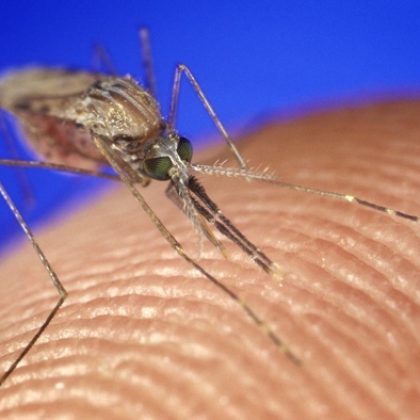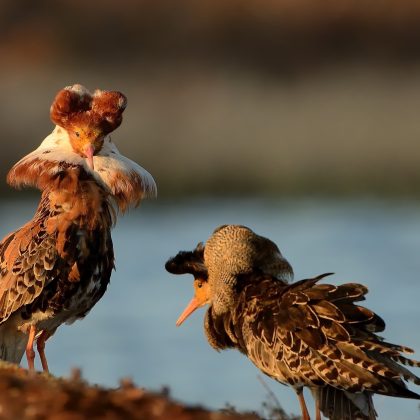Intrepid ecologists find treasure of birdlife
In a recent study published in Bird Conservation International, authors from Perth Edith Cowan University have carried out research in Papua New Guinea to understand how logging and palm oil plantations is affecting rare bird numbers.
Wet-season flash floods, malaria and encounters with machete-wielding locals might stop most researchers from navigating the tropical rainforests of Papua New Guinea, but for ECU wildlife ecologist Dr Rob Davis, it’s the price you pay to uncover the mysteries of some of the world’s most poorly known birds.
In total, Dr Davis and his colleagues logged 415 hours of surveys in the dense and remote rainforest of the island of New Britain on the Bismarck Archipelago.
Their task was to survey threatened and endemic birds and to inform the International Union for Conservation of Nature and Natural Resources (IUCN) Red List of Threatened Species, the most comprehensive and objective global repository for the conservation status of plant and animal species.
While this might seem like an easy task for armchair bird-watchers, approximately 70 per cent of New Britain is thick rainforest, equating to 26,000 sq. km.
Even worse, the expedition was on the ground during the wet season.
“It was definitely the hardest research I’ve ever done in my life, but the results were worth it,” Dr Davis says.
Despite fears for their population sizes, conservation status upgrades have been recommended for seven range-restricted species: the Pied Cuckoo-dove, Yellowish Imperial Pigeon, Green-fronted Hanging Parrot, Blue-eyed Cockatoo, Violaceous Coucal, New Britain Boobook and New Britain Thrush. Some of these species were even recorded in disturbed landscapes including oil palm plantations.

The New Britain Kingfisher was not so lucky, with its status downgraded due to few recorded sightings.
Three ‘vulnerable’ species were not seen at all: the New Britain Bronzewing, Golden Masked-owl and Bismarck Thicketbird.
However, these mixed results need to be taken with care.
Satellite data shows that over 20 per cent of the rainforest has been lost since 1989, including land-clearing for palm oil, which increased in area by 72.3 per cent between 1989 and 2013.
Illegal logging is also a concern, including ‘helicopter logging’, which sees companies drop cutting gangs into remote areas, literally.
“We had a few run-ins with people with machetes due to various local politics or misunderstandings,” Dr Davis says.
“All of the land is privately owned, so you’re always working on someone’s property and negotiating access with a local guide was essential.”
Hostile terrain, bad weather, illness, illegal activity and death threats are all reasons why the island of New Britain, while being one of the world’s richest regions for birdlife, is also one of the least studied and understood.
“It was vital that we physically went in there – the island contains roughly 40 species not found anywhere else on the planet, and their numbers up until now have really just been guesses,” Dr Davis says.
Field work involved Dejan Stonjanovic, Henry Cook, Gina Barnett and Erika Wagner, while co-author Dr Guy Dutson contributed surveys of other regions of the island on separate visits.
The article ‘Conservation status of threatened and endemic birds of New Britain, Papua New Guinea’ published in Bird Conservation International is available to download for free until 28th August 2017.
Photo Credit: Papua New Guinea palm plantation. (Supplied: Rob Davis)
Contact
Rob Davis 08 6304 5446 robert.davis@ecu.edu.au
Ben Jones (ECU Corporate Communications Officer) 0439 529 551 / (08) 6304 2381 B.jones2@ecu.edu.au





